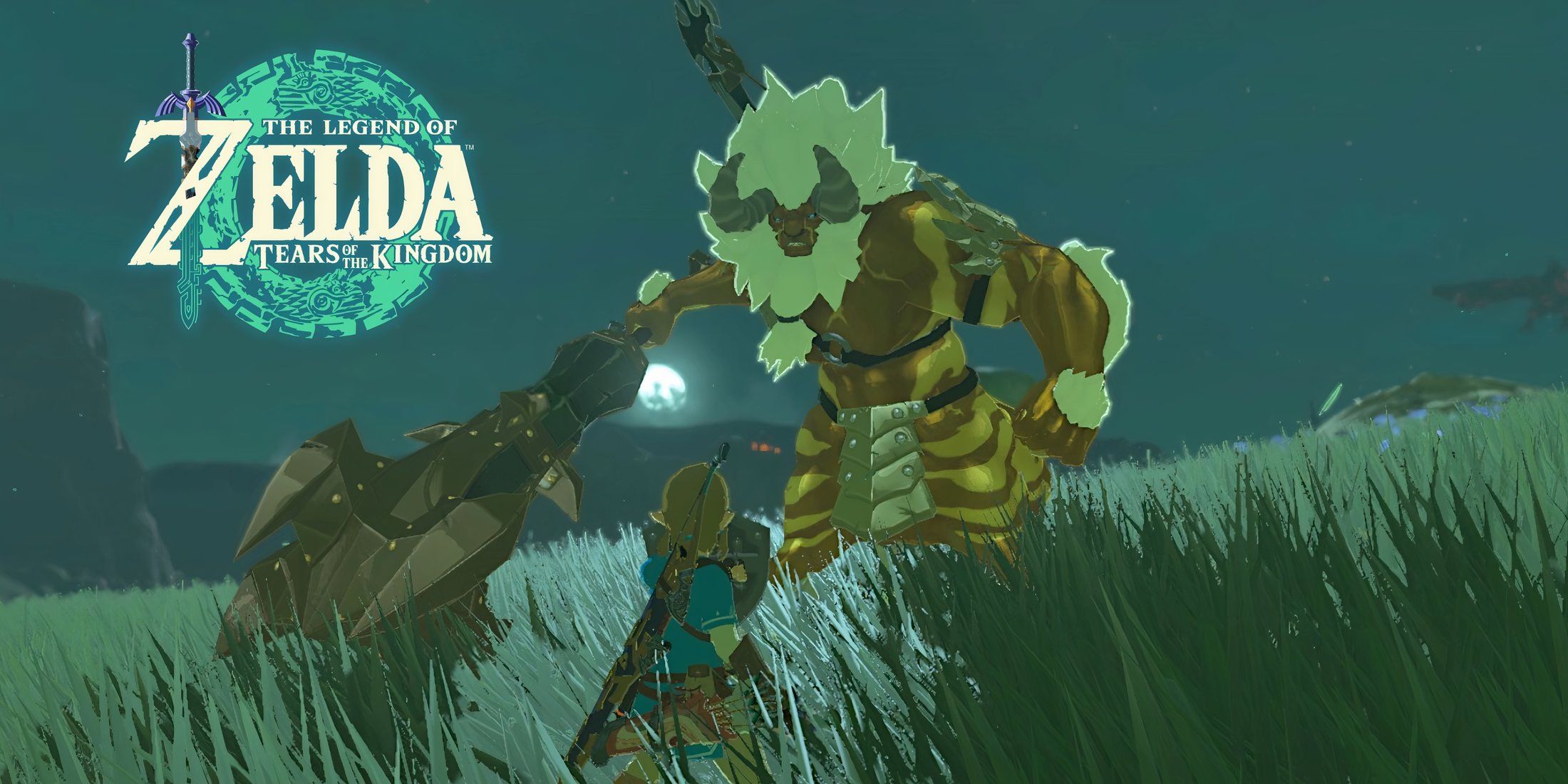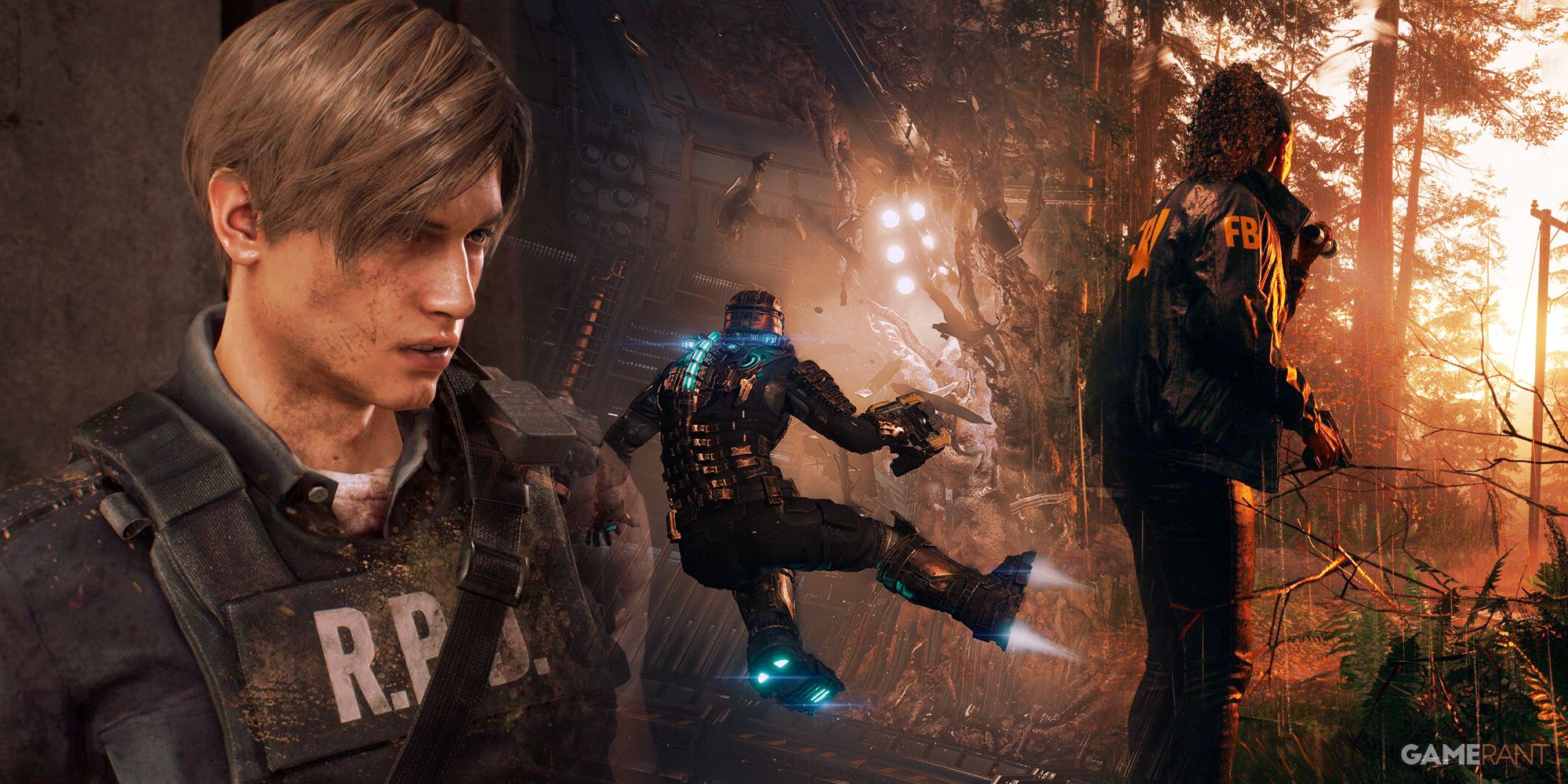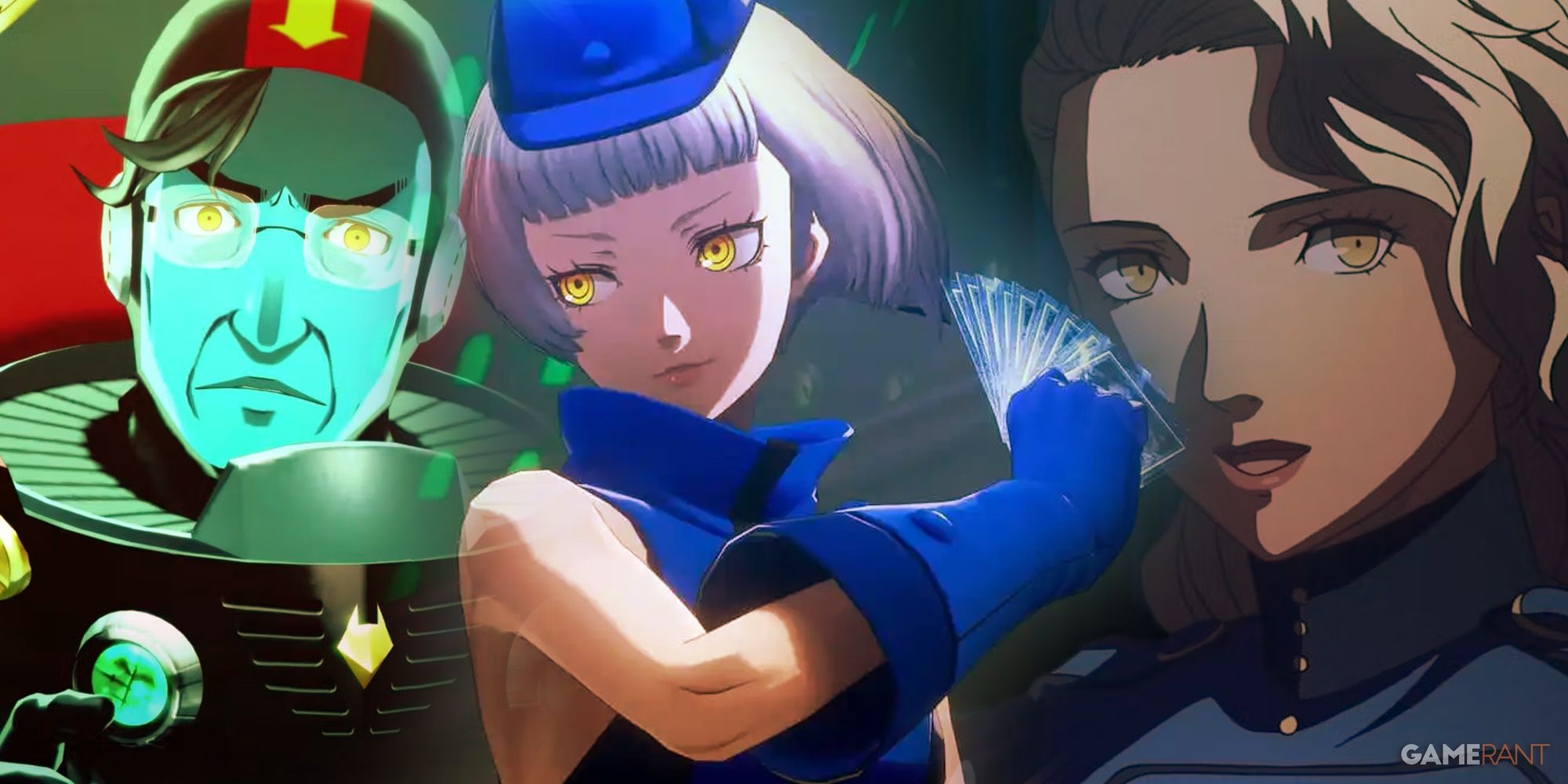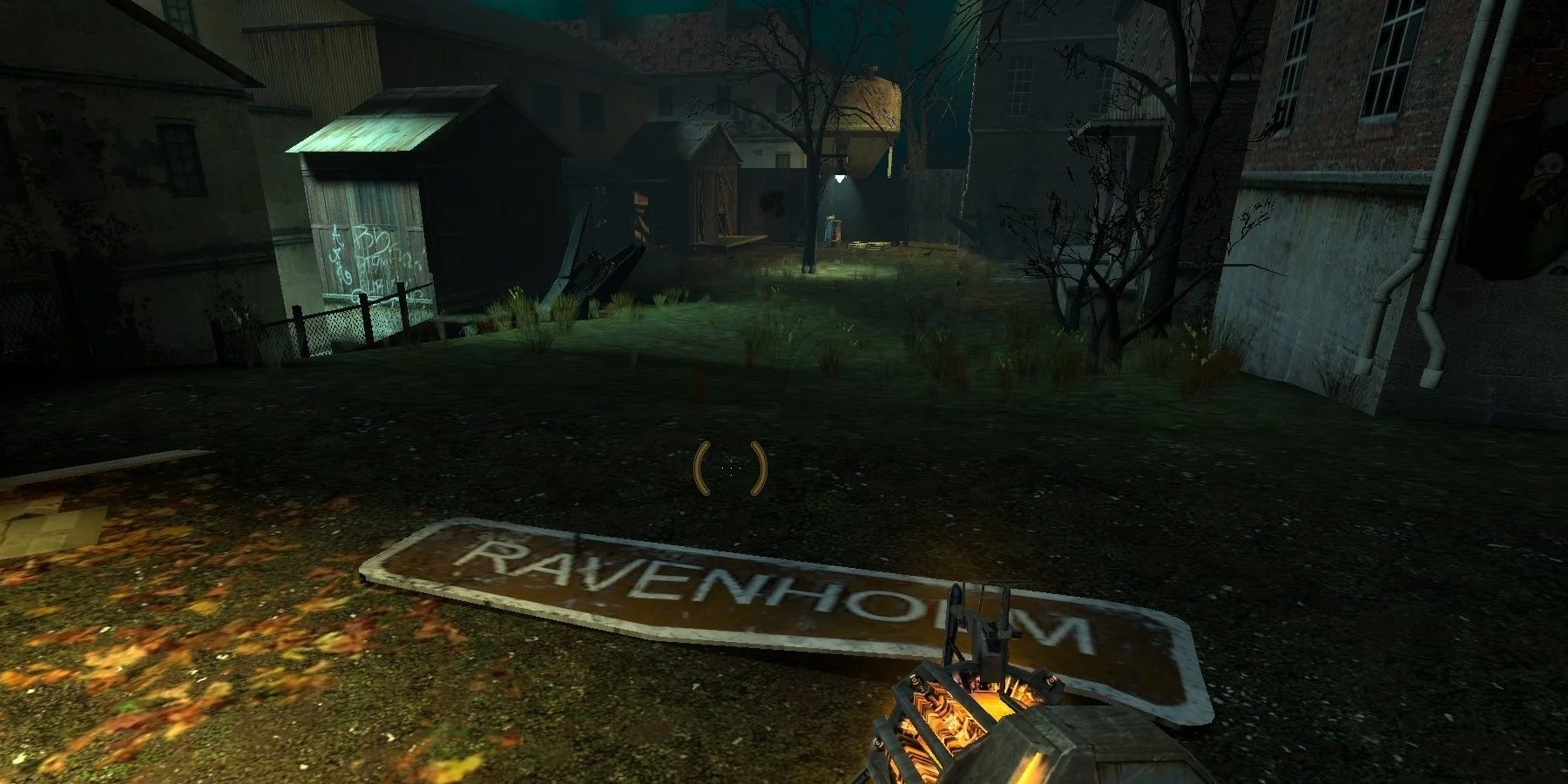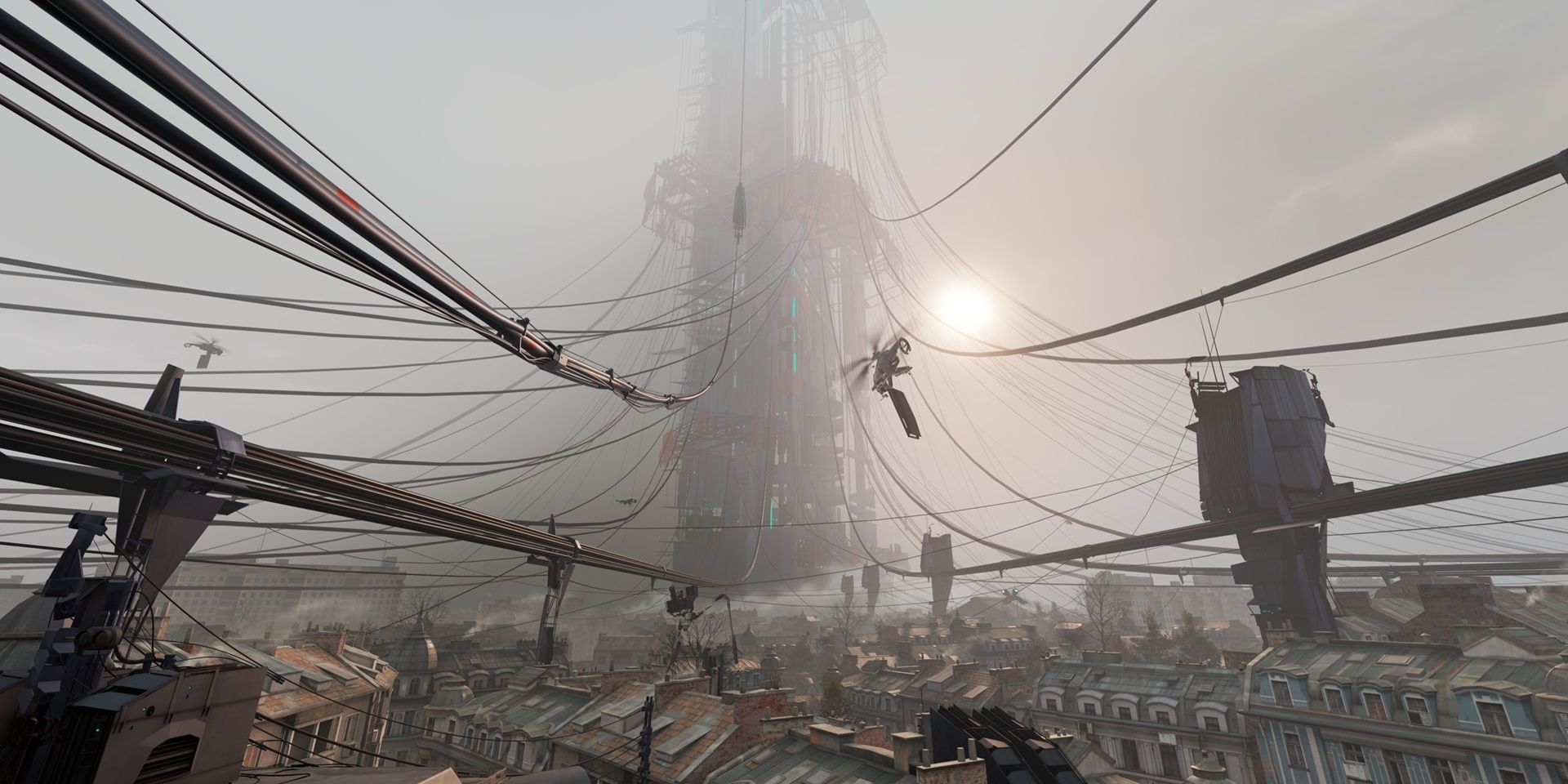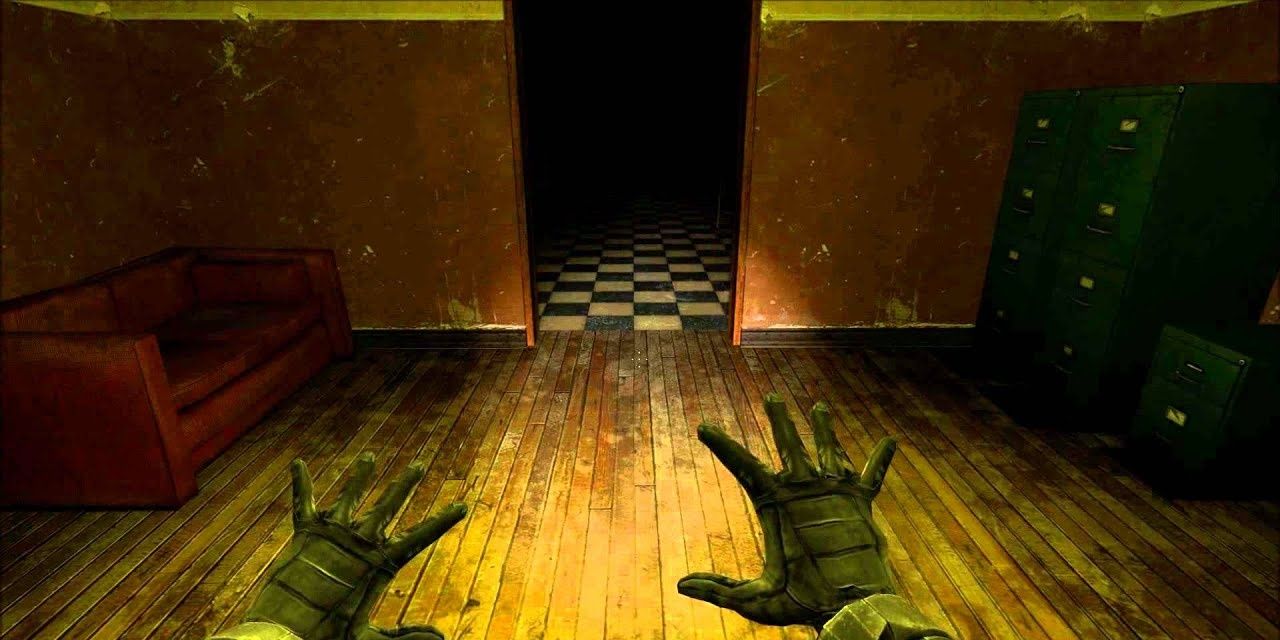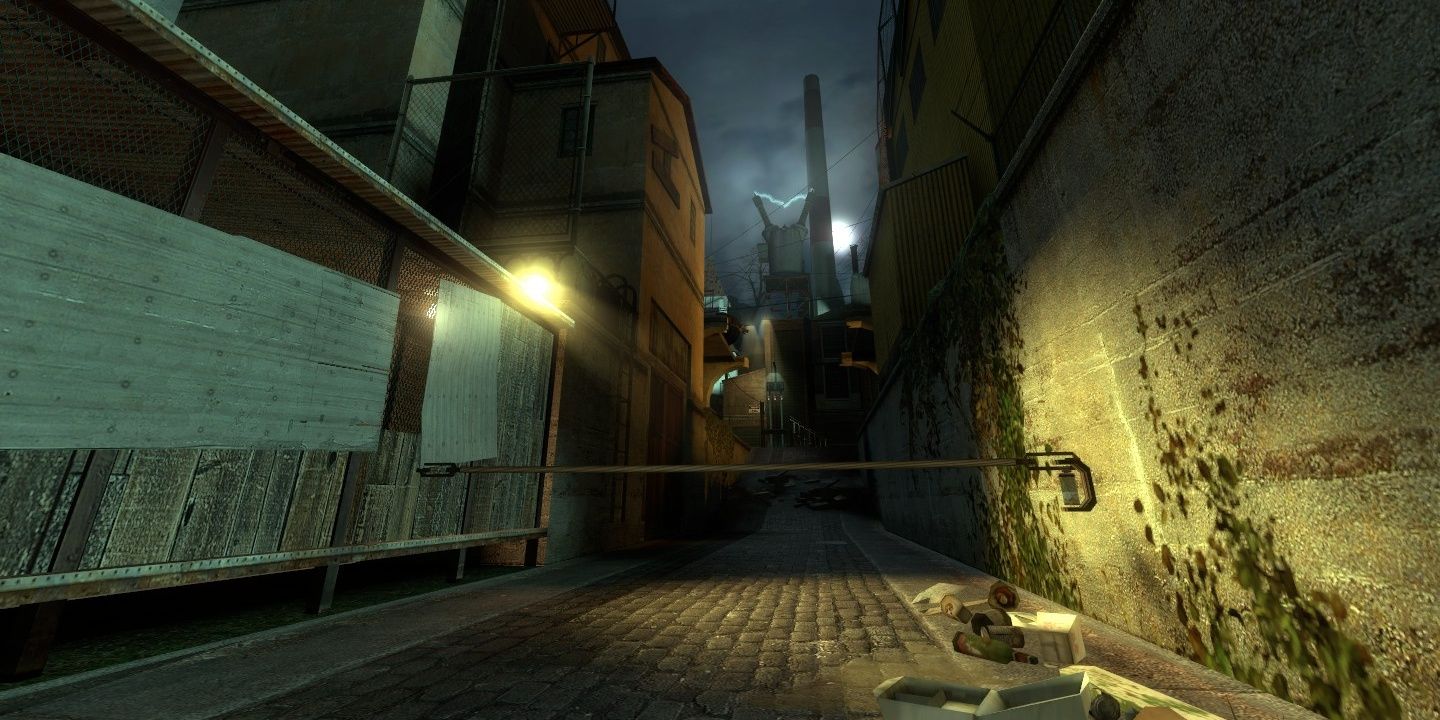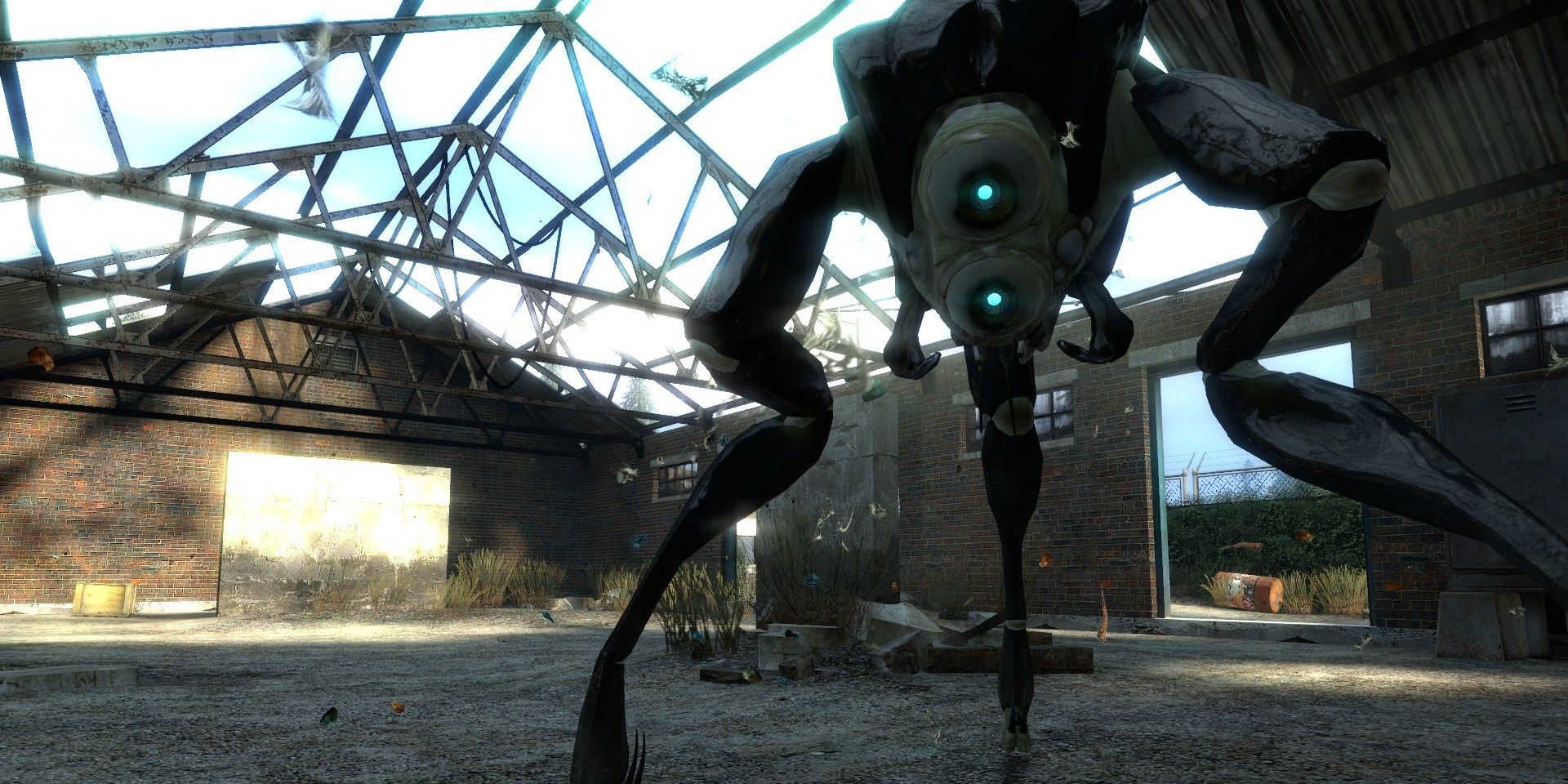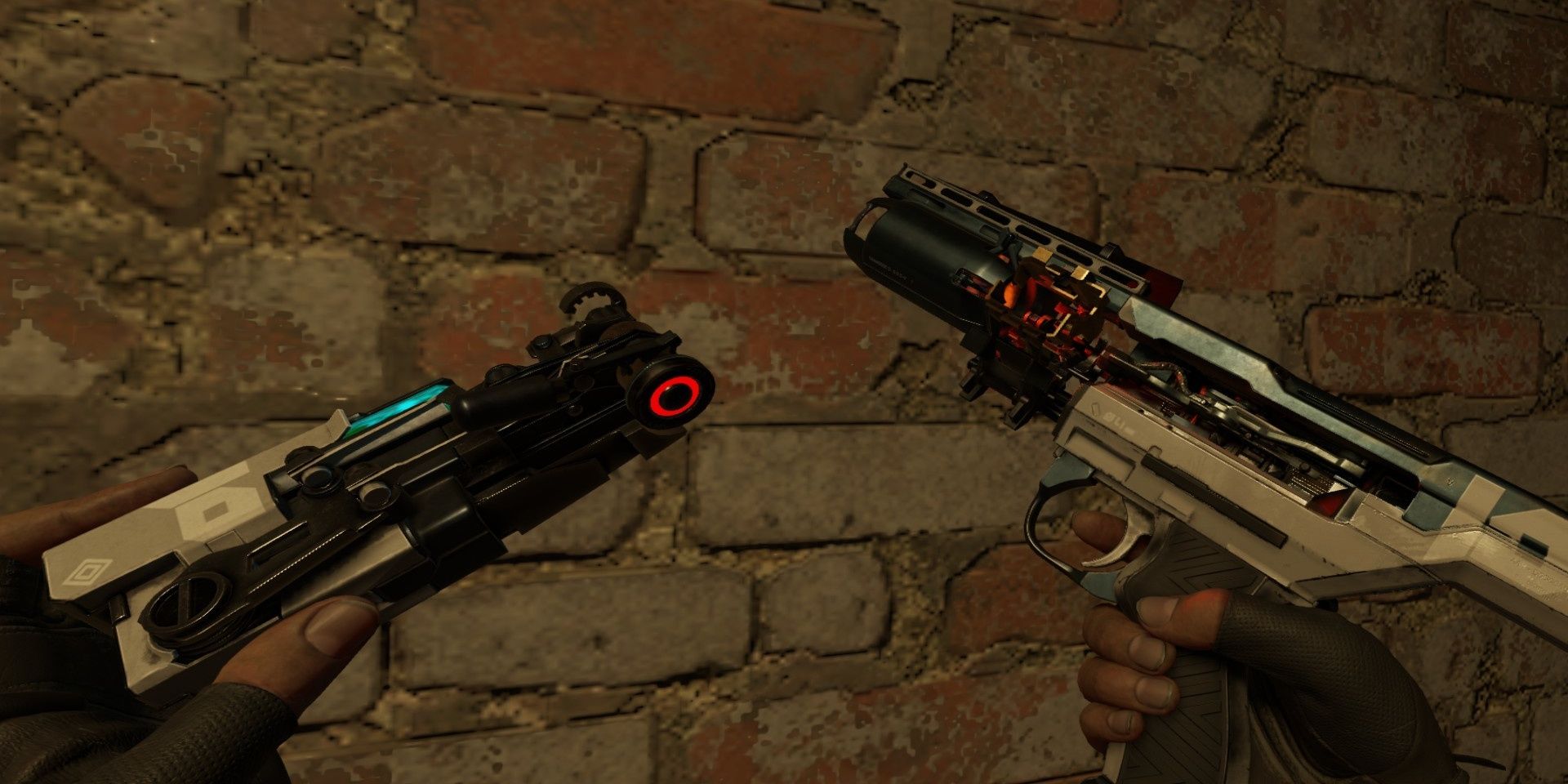Half-Life 2 is one of gaming's most popular and innovative games, but there is still much mystery surrounding it. Gamers have been waiting for a new iteration in the series for well over a decade, and while they did receive a VR-only prequel in the form of Half-Life Alyx in 2020, the fans were left wanting more.
While there is no current news of a Half-Life 2 sequel, details of a few canceled projects set in the universe have emerged through various sources. One of the most renowned of these is a game set in the fan-favorite town of Ravenholm, a once prosperous town that had succumbed to the zombie infection brought by the invading headcrabs. The game was set to be developed by Arkane Studios and was canceled in the middle of development. While this may change in the future, for now, this list will bring you five details about the canceled project that may surprise you.
5 Cyberpunk Half-Life Could Have Happened
Fans may be surprised to learn that before Arkane Studios got their hands on the project, a Ravenholm spin-off game was originally being produced by Warren Spector's Junction Point Studios. The creator of Deus Ex and System Shock, Spector's studio would have had an approach towards the series that gamers had not seen before.
Details are sparse, but the game was rumored to have been a prequel to Half-Life 2 and would have shown Ravenholm slowly transforming from a functioning town into the zombie-infested one Gordon Freeman travels through. The town's mysterious monk protector, Father Grigori, was also rumored to have appeared in an unknown capacity and players could have wielded a brand-new magnet-based weapon. This magnet gun could magnetize surfaces to attract items and zombies. Video footage of this version was sadly never made available to the public.
4 A Horror Twist To The Half-Life Series
After Junction Point Studios left the project, Arkane Studios was chosen to develop a similar title. Named Return To Ravenholm, this game would have acted as a continuation of Ravenholm's story, running parallel to the final chapters of Half-Life 2. Players would have controlled Adrian Shepherd, a returning protagonist from Half-Life Opposing Force, and would have acted as a sidekick to Father Grigori.
Battling through a giant run-down hospital, players would often be plunged into dark corners and forced to face off against a legion of mutated zombies created by Grigori in his attempt to cure the zombie infestation. With a focus on body horror, jump scares, and certain doom, this title would certainly have been one of the most spooky and intense additions to the series.
3 Expanding On Environmental Elements
Return To Ravenholm would have featured several mechanics that were brand new to the series, allowing players to use the environment to their advantage when battling enemies or traversing the world. The spinning blade traps returned from Half-Life 2 in the form of ceiling fans that could be lowered and activated to ambush incoming enemies. Movie projectors were another new type of trap. Upon activation, they would play a short in-game movie that would distract the zombies allowing the player to either sneak past them or take them all out at once.
New melee attacks saw players knocking back enemies into strategically-placed vending machines, damaging and electrocuting enemies. Electricity would have been a large part of the player's arsenal, and new tools would allow Shepherd to place electricity fields around areas to power appliances, solve puzzles, and take out enemies.
2 New Enemies Joining The Fight
New types of enemies would have also been a feature in this title. As well as the returning cast from Half-Life 2, there would be zombies wandering around without a headcrab latched onto them, implying that Grigori's attempts to cure the infection had created a new breed of zombie. There was also a larger zombie that was slower but stronger than the rest, with the ability to throw large objects at the player. This 'bruiser' zombie could also spit acid that would pool on the floor and damage players that stood on it. This enemy type was said to have been the inspiration for Left 4 Dead 2's Spitter.
More proof of Grigori's experimentation, there would have been zombie monkeys that ran around on all fours and launched smaller objects at the player to damage them. Using the cover of darkness and ventilation shafts to get around, these enemies would attack the player from all directions in an attempt to overwhelm them. The flashlight would have proved useful, however, as shining it in the direction of these enemies would cause them to flee for a short time. In addition to these new zombie types, Arkane was said to have built a dynamic gore system for these enemies, allowing their heads and limbs to be removed, and for certain traps to explode the zombies into a red mist.
1 Brand New Weapons
To give the player a chance against these new enemies, they were treated to a new arsenal of weapons with interesting features. The first is a nail gun that when fired would have stuck nails into enemies or walls. These could also be used to pin zombies for a short time, after which they would free themselves. These projectiles could also carry electricity from sources to either turn on certain objects, or create traps for incoming zombies. An extension of the nail gun was the nail grenade. When this item was thrown and detonated it would fire electric needles in a wide arc, pinning and electrocuting enemies that were nearby. Both of these electricity-based weapons could also be used on pools of water, taking out multiple enemies at once if used wisely.
There would also have been a shotgun-like weapon that would have used electricity charges instead of traditional ammunition. This weapon could be recharged from electricity sources and then used either to activate electrical systems directly or cause devastating damage to enemies. Finally, a weapon similar to a leaf blower would have acted as a twist on the fan-favorite Gravity Gun. This weapon would blow large gusts of air that could blow enemies and items away from the player, and could also be fired at the ground to propel the player upwards. This would have added some advanced movement and verticality to the traditional Half-Life formula. Exactly how these weapons would have worked is a mystery for now, but the future of the series could eventually provide some answers.

